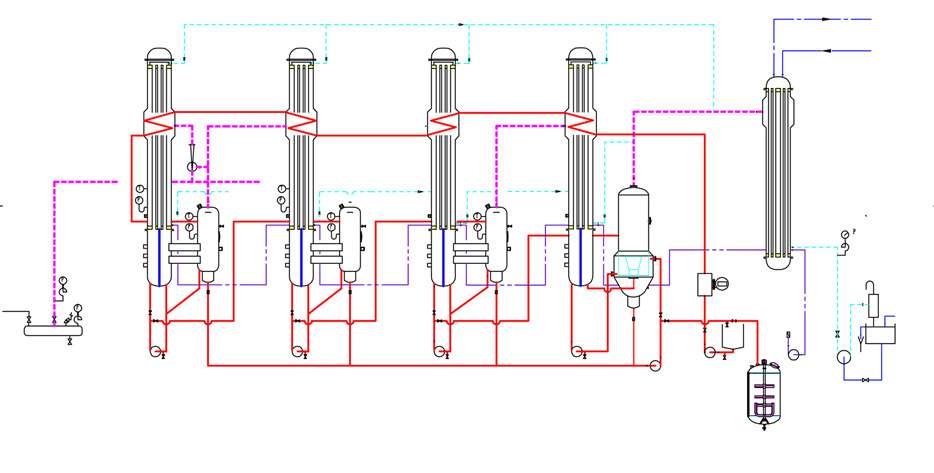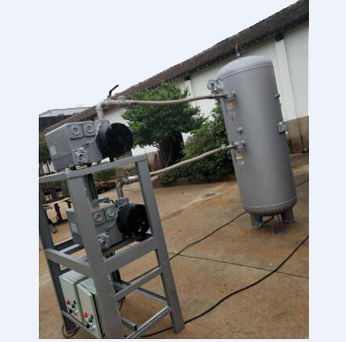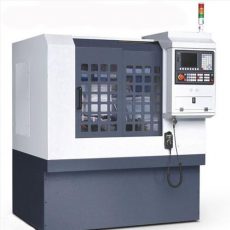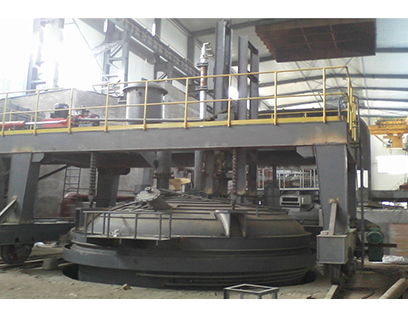Condenser vacuum system
Condenser vacuum should be maintained as close to 29 inches Hg as practical. This allows maximum expansion of the steam, and therefore, the maximum work. If the condenser were perfectly air-tight (no air or noncondensable gasses present in the exhaust steam), it would be necessary only to condense the steam and remove the condensate to create and maintain a vacuum. The sudden reduction in steam volume, as it condenses, would maintain the vacuum. Pumping the water from the condenser as fast as it is formed would maintain the vacuum. It is, however, impossible to prevent the entrance of air and other noncondensable gasses into the condenser. In addition, some method must exist to initially cause a vacuum to exist in the condenser. This necessitates the use of an air ejector or vacuum pump to establish and help maintain condenser vacuum.
Normally, air ejectors consist of two suction stages. The first stage suction is located on top of the condenser, while the second stage suction comes from the diffuser of the first stage. The exhaust steam from the second stage must be condensed. This is normally accomplished by an air ejector condenser that is cooled by condensate. The air ejector condenser also preheats the condensate returning to the boiler. Two-stage air ejectors are capable of drawing vacuums to 29 inches Hg.
A vacuum pump may be any type of motor-driven air compressor. Its suction is attached to the condenser, and it discharges to the atmosphere. A common type uses rotating vanes in an elliptical housing. Single-stage, rotary-vane units are used for vacuums to 28 inches Hg. Two stage units can draw vacuums to 29.7 inches Hg. The vacuum pump has an advantage over the air ejector in that it requires no source of steam for its operation. They are normally used as the initial source of vacuum for condenser start-up.

Condenser air extraction
In order to increase the availability, operational performance and reliability of turbine condenser vacuum plants, the dynamic relationship between the vacuum pumping system, condenser performance and turbine back pressure is an important factor in the design requirements and needs careful appraisal when considering overall plant performance.
Selection of the vacuum equipment is usually based upon a theoretical condition,with performance requirements taken from HEI (or VGB) recommendations.Client specifications require further analysis of pump performance at actual operating temperatures and pressures, including part load and operation with alternate fuels.
Condenser air extraction packages, based on two-stage liquid ring vacuum pumps, are designed to remove system air leakage across common sizes of turbine generator steam condensers. This is achieved by reducing the pressure in the turbine, enabling more heat from the steam to be converted to mechanical energy, increasing efficiency of the power plant.
(The article comes from the Internet. If reprinting is not allowed, please contact our company to delete it.)



